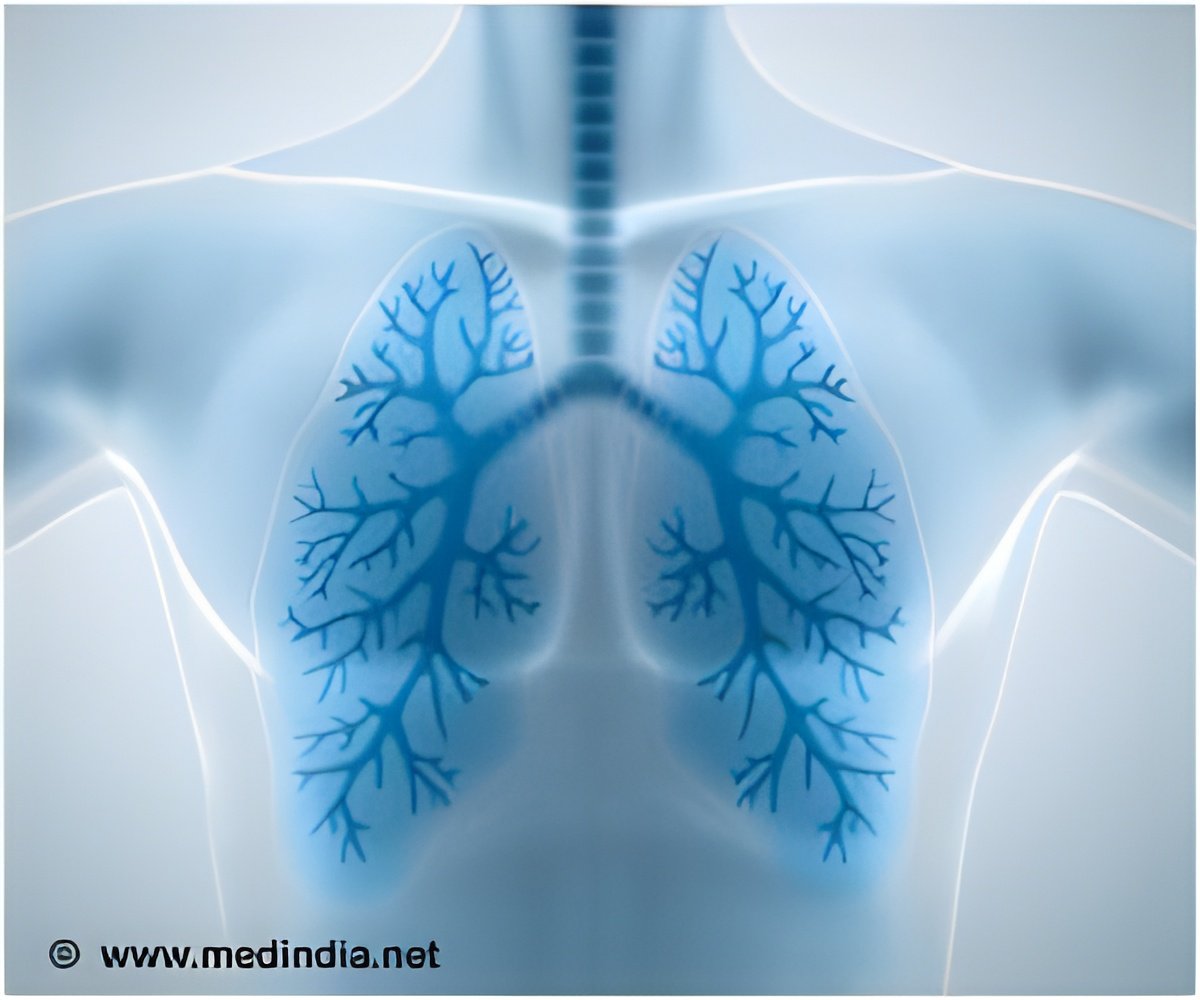
Awori J. Hayanga, M.D., M.P.H., of the University of Washington, Seattle, and colleagues examined the relationship between race and lung cancer mortality and the association with residential segregation by using data obtained from the 2009 Area Resource File and Surveillance, Epidemiology and End Results program to conduct a population-based study.
"The overall lung cancer mortality rate between 2003 and 2007 was higher for blacks than for whites (58.9 percent vs. 52.4 percent per 100,000 population)," according to the study results.
The authors identified segregation as highest in the Northeast, Midwest and South and lowest in the Northwest. A total 28 percent of the U.S. population lives in counties with low segregation, 40 percent in counties with moderate segregation, and 32 percent in counties with high segregation, according to the study findings.
"Blacks living in counties with the highest levels of segregation had a 10 percent higher mortality rate than those residing in counties with the lowest level of segregation. This increase was not observed among the white population, and, in contradistinction, the mortality rate was 3 percent lower among whites living in the most segregated counties when compared with those living in the least segregated counties," the authors comment.
The authors do note that because they performed a cross-sectional analysis, they were unable to make causal inferences at the individual level.
Advertisement
Editor's Note: Please see the article for additional information, including other authors, author contributions and affiliations, financial disclosures, funding and support, etc.
Advertisement
In an invited critique, David C. Chang, Ph.D., M.P.H., M.B.A., of the University of California, San Diego, writes: "The focus of the study by Hayanga et al not only is novel but also has important practical implications. Looking at the successes of desegregation efforts since the Civil Rights Movement in the 1960s, one may argue that desegregation efforts are more feasible, both politically and practically, than changing someone's socioeconomic status."
"The influence of these social policies on patient outcomes also highlights the importance of physician collaboration with nonphysician professionals, such as legislators and policymakers," Chang concludes. (JAMA Intern Med).
Editor's Note: Please see the article for additional information, including other authors, author contributions and affiliations, financial disclosures, funding and support, etc.
Source-Eurekalert













